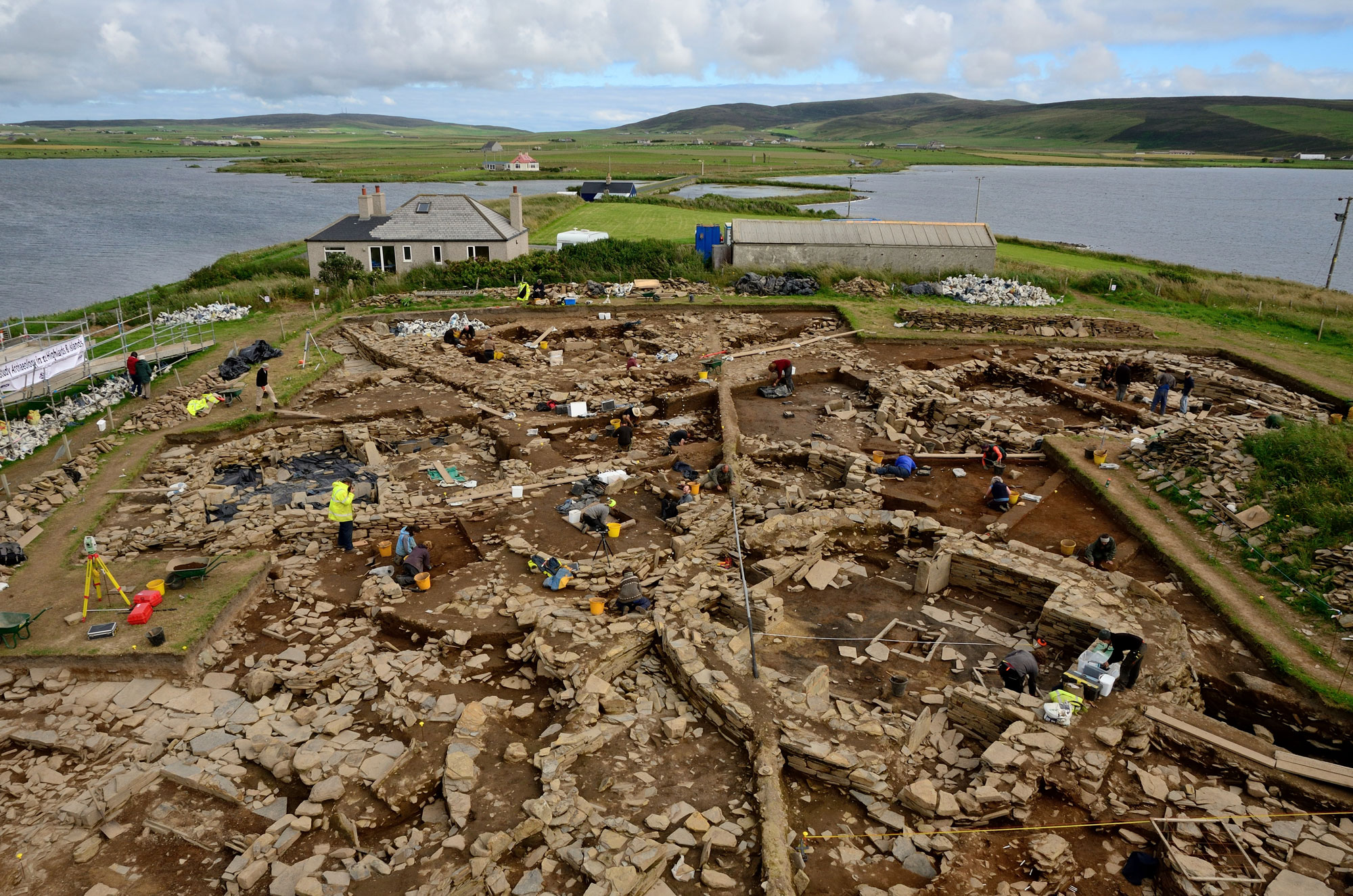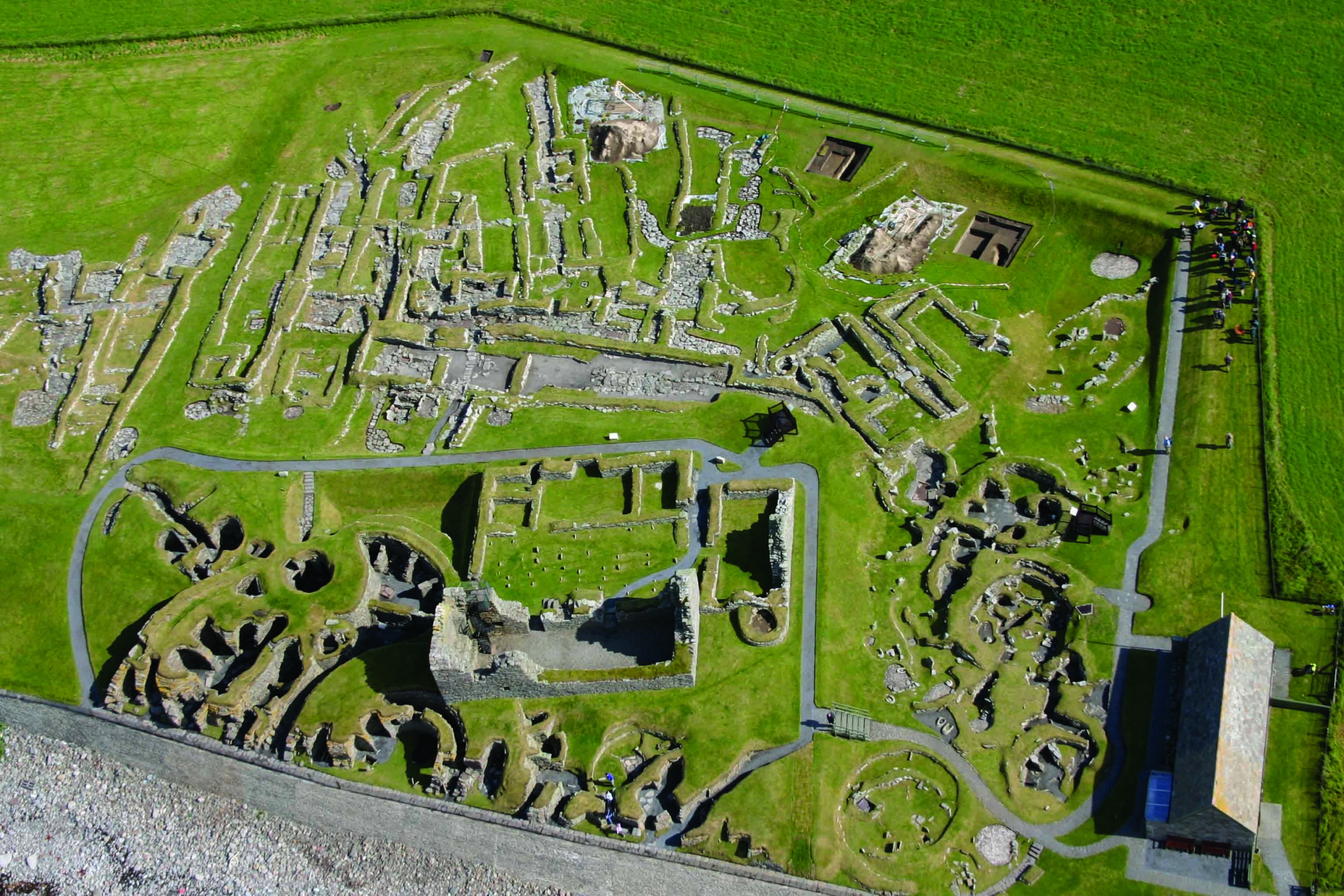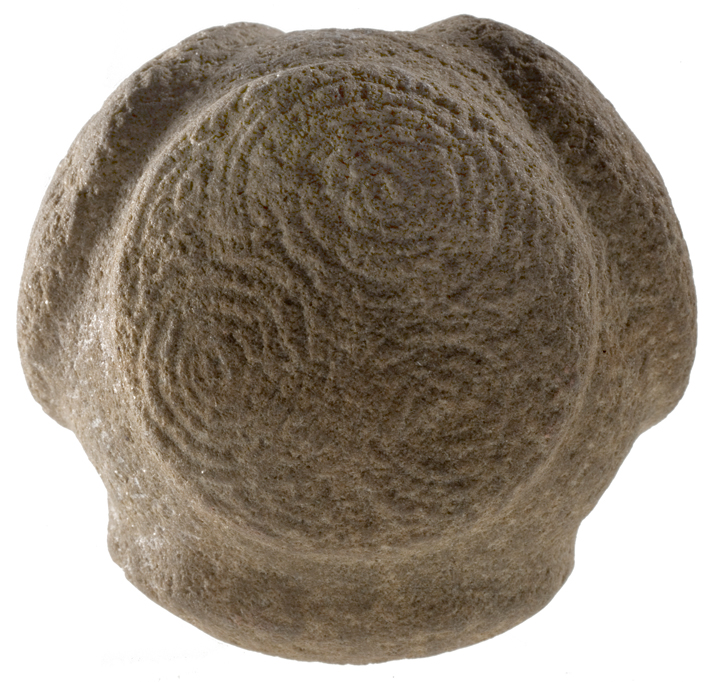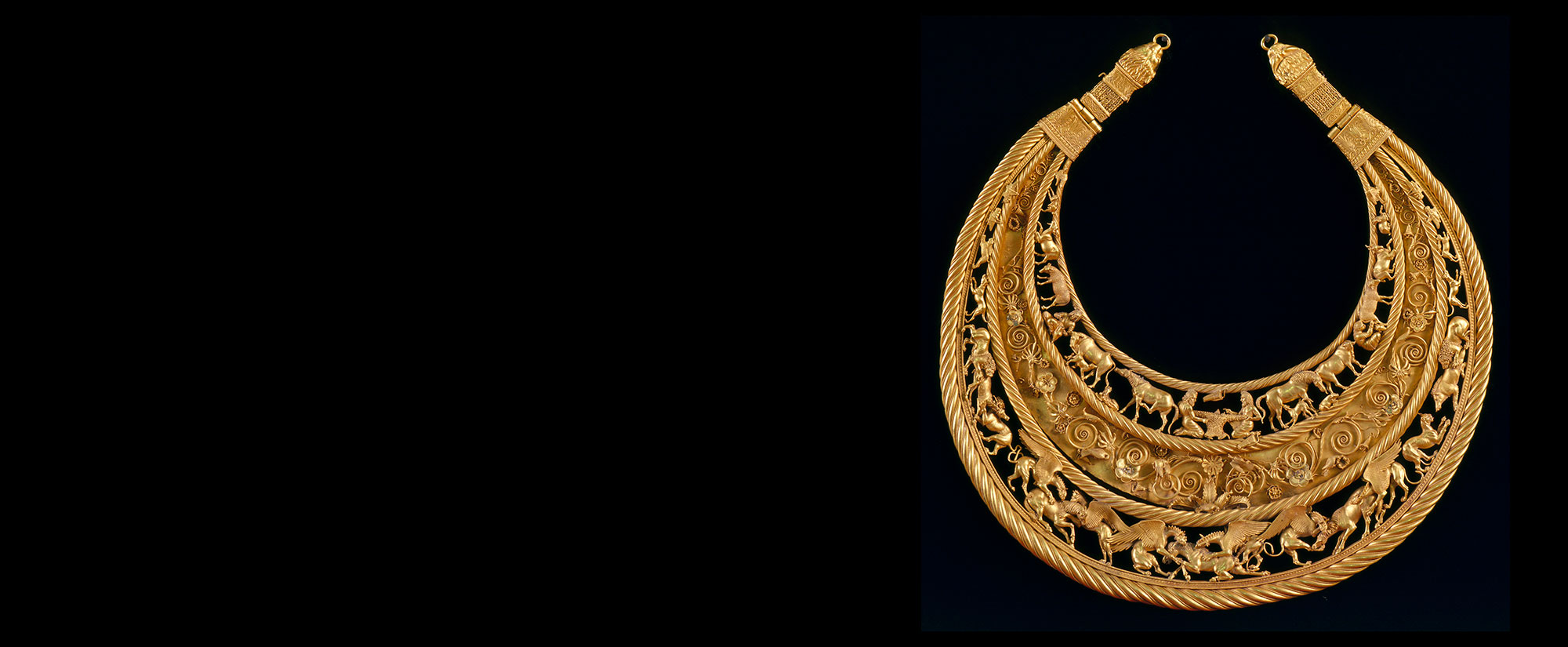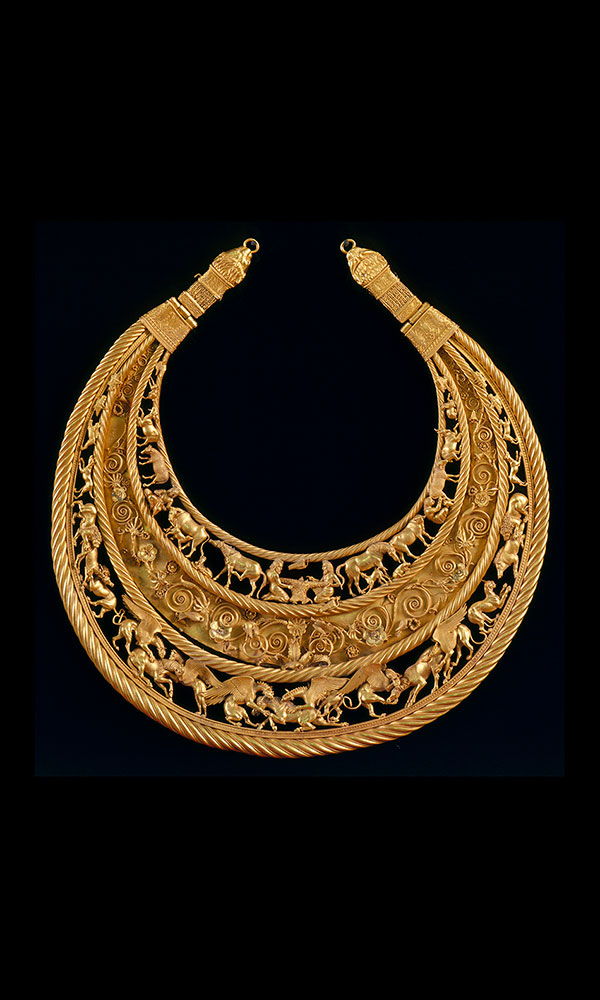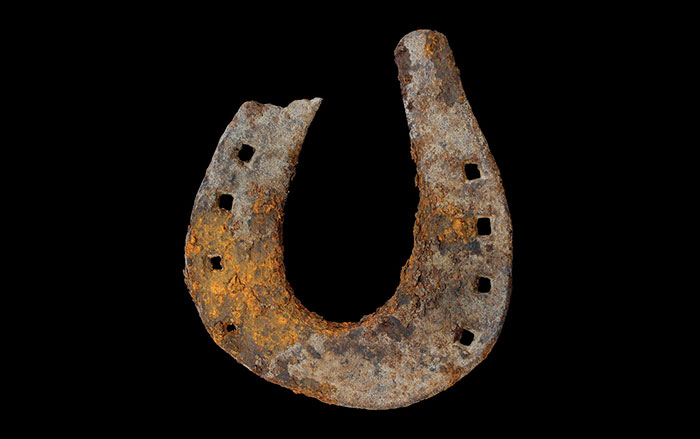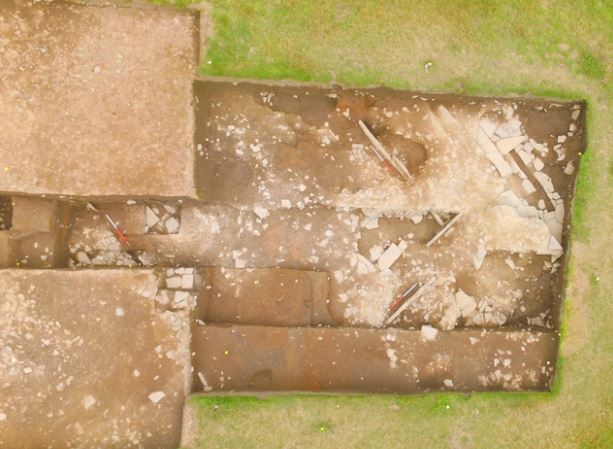
ORKNEY, SCOTLAND—A structure constructed of stone slabs up to 13 feet long has been found beneath a huge midden at the Ness of Brodgar by a team led by researchers from the University of the Highlands and Islands Archaeology Institute. According to a report in BBC News, archaeologists think the building, which measures some 33 feet wide, may have been the first structure at the site. Its unusual stones have rounded edges and may have been brought from another site and reused. “Perhaps they may be part of a stone circle that predates the main Ness site. It is a bit of a mystery and we won’t know more until we do more work,” said site director Nick Card. Most of the other structures at the Ness of Brodgar were made of pieces of flagstone and may also have had slate roofs. The site sits between two Neolithic monuments, the Ring of Brodgar and the Standing Stones of Stenness, and is thought to have served as a gathering place for more than 1,000 years. To read in-depth about this site, go to "Neolithic Europe's Remote Heart."


